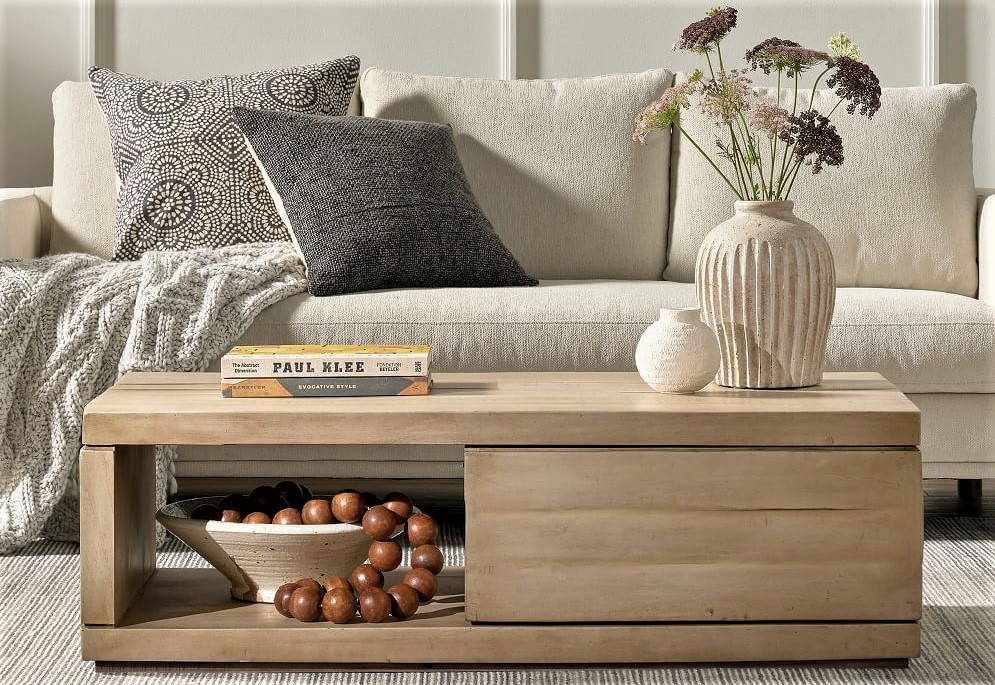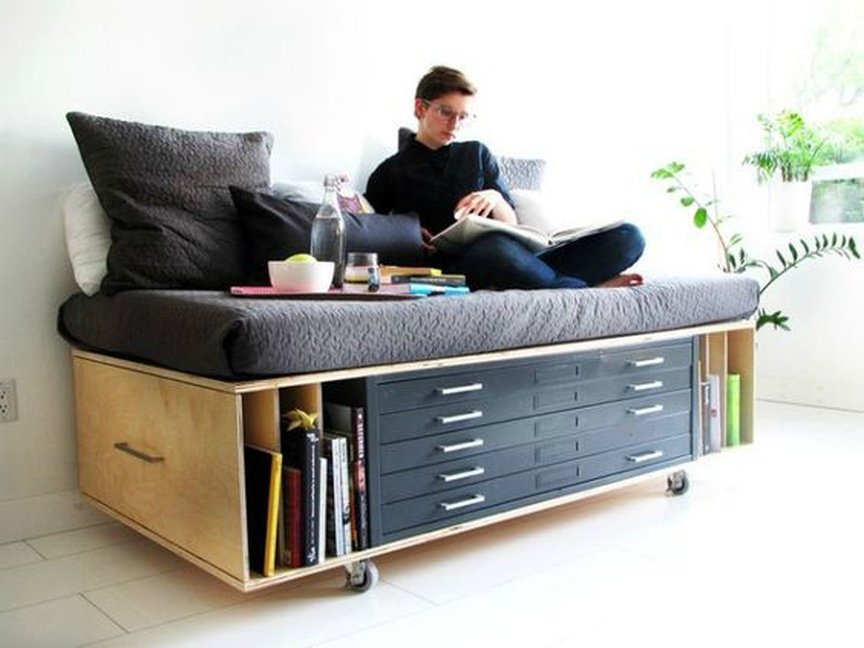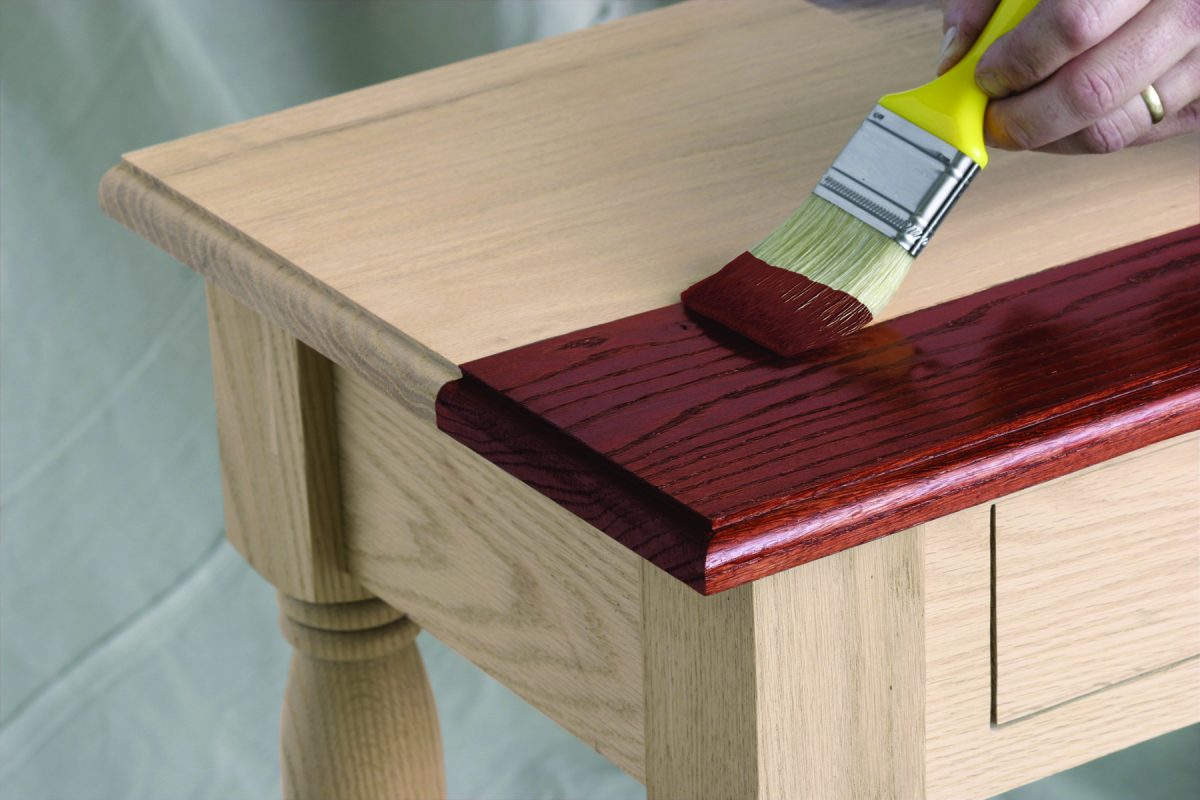Enhancing the ambiance of your surroundings can be both a fulfilling and inspiring endeavor. By incorporating imaginative solutions and unique elements, you can elevate the overall aesthetic and functionality of your environment. Exploring unconventional approaches allows for the creation of spaces that truly reflect individual personality and style.
From clever storage options to artistic statement pieces, the possibilities are endless. Engaging with thoughtful designs not only maximizes available space but also infuses warmth and creativity into everyday life. Each element, carefully curated, contributes to an inviting atmosphere that resonates with comfort and charm.
By embarking on this journey of revitalization, you open the door to a world where practicality meets aesthetic appeal. Discovering innovative concepts and integrating them into your surroundings can lead to a delightful and rejuvenating experience that ultimately enhances your daily living.
Innovative DIY Furniture Ideas
Incorporating handcrafted pieces into a living environment can infuse a sense of personality and uniqueness. Engaging in the creation of these items not only fosters individual expression but also allows for customization that aligns with specific tastes and needs.
1. Upcycled Wooden Pallet Bench
Using wooden pallets, one can construct a charming bench suitable for relaxed seating. Simply sand the pallets down for a smooth finish, then stack and secure them to create a sturdy base. Add cushions for comfort, and you have a budget-friendly seating solution.
2. Floating Shelves from Reclaimed Wood
Repurposing reclaimed wood into floating shelves enhances vertical space while showcasing personal collections. By mounting these shelves securely on walls, it invites creativity in decor, allowing items to appear suspended, which adds depth to the surroundings.
3. Stylish Crate Storage
Wooden crates can serve as a versatile storage system. Stack them in various configurations, paint them in vibrant colors, or leave them natural for a rustic touch. They can act as both storage and display units, accommodating various items in a visually appealing manner.
4. Pipe and Board Coffee Table
Constructing a coffee table using metal pipes and wooden boards offers an industrial aesthetic. Assemble pipes to form a sturdy base and attach a wooden top to finish the look. This design not only serves functional purposes but also becomes a conversation starter.
5. Upholstered Ottoman from Old Tires
Old tires can be reinvented into chic ottomans. By wrapping them in padded fabric, they become functional seating options or footrests while being eco-friendly. This approach combines practicality with imaginative reuse of materials.
Exploring these inventive ideas encourages self-expression while enhancing the aesthetic of any space. With a little effort and imagination, anyone can craft distinctive pieces that resonate with their personal style.
Recycled Materials for Unique Designs
Utilizing repurposed items can lead to striking and one-of-a-kind creations that not only showcase personal style but also contribute positively to the environment. This approach opens up a world of possibilities, encouraging innovation in the crafting of various elements that serve both functionality and aesthetic appeal.
Inspiration from Everyday Items
Everyday objects often hold untapped potential. Wooden pallets, once destined for disposal, can be transformed into stunning tables or shelving units with minimal effort. Similarly, old doors can be refashioned into statement pieces such as headboards or benches, giving them a new lease on life. By looking closely at what might typically be overlooked, one can find the seeds of inspiration necessary for remarkable designs.
Eco-Friendly Practices
Implementing sustainable methods in design not only saves resources but also reflects a conscientious attitude towards the planet. Upcycling materials like glass bottles or tin cans into decorative accents or practical storage solutions promotes a sense of responsibility. Such eco-friendly practices ensure that creativity comes hand-in-hand with care for the environment while enriching the overall ambience of a space.
Space-Saving Solutions for Small Homes
Maximizing the utilization of limited areas is essential for a comfortable living environment. Effective approaches can enhance functionality while maintaining an aesthetic appeal. By incorporating innovative designs and multi-purpose items, it is possible to create a harmonious space that feels more expansive and organized.
Multi-Functional Items
Consider furnishings that serve multiple purposes. These versatile pieces not only save space but also add to the overall efficiency of your living area. Options may include ottomans with storage capabilities, convertible tables, or beds that incorporate drawers for additional storage.
Vertical Solutions
Taking advantage of wall space can significantly improve organization. Shelves, hooks, and cabinets that extend upwards can help free up floor space, making the area feel more open. This approach not only declutters but also allows for personal touches through decorative displays.
|
Item Type |
Functionality |
Example |
|---|---|---|
|
Convertible Sofa |
Seating and Bed |
Sofa that pulls out into a bed |
|
Wall Shelves |
Storage and Display |
Floating shelves for books and decor |
|
Storage Ottomans |
Seating and Storage |
Ottoman that opens up for hidden items |
Upcycling Old Furniture: Tips and Tricks
Breathing new life into pre-owned pieces can not only save money but also allows for a unique expression of style. Whether it is a beloved armchair or a vintage dresser, repurposing items provides an opportunity to personalize and enhance existing items while contributing to sustainability. Here are some helpful suggestions to guide you through the process.
Choosing the Right Pieces
Before starting your journey of renewal, it’s essential to select suitable items that possess potential. Look out for quality materials, structure integrity, and design appeal. Pieces that may seem outdated can often surprise with their underlying charm. Consider these factors:
|
Criteria |
Tips |
|---|---|
|
Material Quality |
Look for solid wood or durable metals; avoid items made from particleboard. |
|
Structural Integrity |
Check for stability–ensure legs, joints, and surfaces are sturdy. |
|
Design |
Choose pieces with interesting shapes or details that can enhance the overall appeal. |
Techniques for Renewal
Once the right items are selected, various methods can be employed for renewal. From simple refinishing to extensive modifications, the possibilities are vast. A few techniques include:
-
Repainting or staining surfaces to revitalize color.
-
Replacing hardware like knobs and handles to add a modern touch.
-
Incorporating fabrics for upholstery to give comfort and style.
-
Using decals or stencils for unique decorative elements.
By implementing these tips, outdated belongings can become cherished focal points in any space, perfectly aligning functionality with personal tastes. Embrace the journey and enjoy the satisfaction that comes with creating something truly one-of-a-kind.
Bold Color Choices to Refresh Your Space
Infusing vibrant hues into an environment can create a striking impact and breathe new life into a selected area. By opting for daring shades, one can evoke emotions, set moods, and enhance the overall aesthetic appeal. Whether it’s an accent wall or multi-colored accessories, bold color selections offer an opportunity for personal expression and rejuvenation.
The Power of Contrast
Using contrasting tones can create a dynamic atmosphere that instantly grabs attention. Pairing bold shades, like deep blue with bright yellow, adds depth and intrigue. Accent pieces in vivid colors can serve as focal points, revitalizing dull areas. Experimenting with different combinations can lead to unique results that reflect individual style.
Choosing the Right Shades
When selecting vibrant colors, consider the ambiance desired in each space. Warm tones, such as fiery reds and sunny oranges, can imbue energy and warmth, while cool hues, like emerald green and royal purple, bring a sense of tranquility. Test samples on small sections to determine how light interacts with colors throughout the day, ensuring a refreshing outcome.
Multifunctional Furniture for Everyday Use
In today’s fast-paced world, the need for versatile solutions in our living spaces has become increasingly important. By incorporating adaptable items into daily life, individuals can maximize utility while enhancing the aesthetic appeal of their surroundings. These innovative designs not only serve multiple purposes but also contribute to a more organized and efficient environment.
Benefits of Versatile Solutions
Investing in multipurpose items provides numerous advantages, such as:
|
Advantage |
Description |
|---|---|
|
Space Saving |
Products that can be utilized in different ways help optimize limited areas. |
|
Cost Efficiency |
Purchasing an item that fulfills multiple needs can reduce overall expenses. |
|
Functionality |
These items often come equipped with innovative features that simplify daily tasks. |
|
Style |
Contemporary designs enhance visual appeal while providing practicality. |
Examples of Practical Items
Below are a few popular examples illustrating how adaptability can be successfully incorporated:
-
Convertible sofas that change from seating to sleeping arrangements.
-
Ottomans offering storage space alongside seating functionality.
-
Wall-mounted desks providing a workspace that can be tucked away when not needed.
-
Dining tables that expand to accommodate extra guests while remaining compact.
Incorporating Nature into Your Interiors
The integration of natural elements into indoor spaces enhances the ambiance, creating a soothing environment that fosters well-being. This approach emphasizes the use of organic materials and the inclusion of flora, thereby bridging the gap between the interior and the great outdoors. By infusing nature’s beauty into our living areas, we can experience a refreshing atmosphere that promotes relaxation and rejuvenation.
Bringing Greenery Indoors
Additions of various plants can significantly uplift the mood of any area. Options such as leafy houseplants, hanging vines, or even small indoor trees make for excellent choices. Utilizing planters that complement existing decor can enhance the aesthetic while promoting a sense of tranquility. Additionally, incorporating a vertical garden or plant wall can serve as a striking focal point, capturing attention and admiration.
Natural Materials and Textures
Incorporating materials like wood, stone, and natural fibers lends an earthy feel to surroundings. Sustainable woods for shelving or cabinetry, stone accents for various surfaces, and textiles such as cotton or jute can add warmth and depth to the design. These elements, when thoughtfully integrated, not only elevate visual appeal but also create a harmonious balance that resonates with the simplicity found in nature.
Q&A: Furniture projects
What are some easy DIY furniture projects I can start with to transform my living space?
There are several easy DIY projects that can significantly change the look of your home. One example is painting or staining old furniture to give it a fresh, modern look. You can also upcycle wooden pallets into coffee tables, benches, or garden furniture. Another great project is creating a custom shelving unit using inexpensive materials like plywood and brackets. Adding new hardware, such as knobs and handles, to cabinets or dressers can also make a big difference. These projects not only enhance your space aesthetically but can also be fulfilling and budget-friendly.
How can I incorporate sustainable materials into my furniture projects?
Incorporating sustainable materials into your furniture projects is a great way to be eco-friendly while designing your home. Start by sourcing reclaimed wood, which can be used for tables, shelves, or even wall art. Look for upcycled materials, such as old doors or windows that can be transformed into unique furniture pieces. Additionally, consider using bamboo or certified sustainable hardwoods for projects as they are renewable resources. You can also opt for non-toxic paints and finishes, ensuring that your projects do not release harmful chemicals into your home environment.
What techniques can I use to personalize my furniture projects?
Personalizing furniture projects can be a fun and creative process. One technique is to use decoupage, which involves gluing paper or fabric onto furniture surfaces for a unique design. You can also try stenciling or painting patterns that reflect your personal style. If you’re comfortable with woodworking, consider adding carved details or custom shapes to your furniture. For a softer touch, upholstering chairs or cushions with fabrics that match your décor can bring a cohesive look while showcasing your personality. Lastly, adding your favorite colors through paint or accessories can seamlessly infuse your unique style into each piece.
Are there specific furniture pieces that make the biggest impact in a room?
Yes, certain furniture pieces can dramatically affect the overall feel of a room. The most impactful items often include the sofa or sectional, as they are typically the room’s focal point. A unique coffee table can serve as a conversation starter and enhance the aesthetic appeal as well. Additionally, accent chairs with bold designs or colors can complement the main seating area. Don’t overlook sideboards or console tables; they can serve both functional and decorative purposes. Finally, incorporating statement lighting fixtures, like a striking floor lamp or chandelier, can greatly enhance the mood and style of any space.
What are some budget-friendly ways to refresh existing furniture without replacing it?
Refreshing existing furniture on a budget can be both enjoyable and rewarding. One of the simplest ways is to apply a fresh coat of paint or stain; this can work wonders for wooden furniture. You can also try reupholstering chairs or sofas using affordable fabric—it can completely change the look. Another idea is to replace outdated hardware, such as drawer pulls or knobs, for a quick style update. Consider using slipcovers for sofas or armchairs to give them a new lease on life without permanent changes. Additionally, using decorative accessories, like throw pillows or blankets, can also create a fresh feel in your space without the need for new furniture.
What are some unique ideas for DIY furniture projects to transform my living space?
There are numerous creative DIY furniture projects that can dramatically transform your living space. One idea is to create a custom coffee table by repurposing old wooden pallets, which can provide a rustic look and additional storage. Another exciting project is to design wall-mounted shelves using reclaimed wood, allowing you to showcase books and decorative items while saving floor space. For a touch of elegance, consider making your own upholstered chairs or benches using bold fabrics that match your decor. Additionally, you could create a multi-functional ottoman with storage inside, which can serve as both a seating option and a place to store blankets or magazines. Each project not only enhances your living area but also adds a personal touch that reflects your style.
How can I make my home feel more personalized with furniture projects?
Personalizing your home through furniture projects is a rewarding endeavor. One effective way to achieve this is by incorporating upcycled materials into your furniture. For example, transforming an old dresser into a TV stand by painting it a vibrant color or adding new hardware can create a unique focal point in your room. You might also consider creating custom cushions for your chairs or couches using fabrics that resonate with your personality. Another idea is to design a gallery wall using floating shelves to display your favorite photos and mementos combined with functional pieces like a small bookshelf, enhancing both aesthetics and memories. Lastly, try creating bespoke side tables using tree stumps or wine crates; not only are they visually striking, but they also bring a touch of nature indoors. Each of these projects can help you express your individuality and make your home feel distinctly yours.
What types of woodworking projects can I find plans for?
You can find a wide range of woodworking projects in the form of detailed woodworking plans. These include furniture design, such as modern furniture pieces and practical items like end tables. Many plans cater to different skill levels, ensuring that even beginners can find easy-to-build projects that suit their needs.
Where can I access woodworking plans and videos?
Many woodworking enthusiasts share their plans and videos on platforms like YouTube, where you can explore a wealth of original content. Channels dedicated to woodworking often upload original content that showcases various projects and craftsmanship techniques. You can also find PDF versions of plans that provide step-by-step instructions for building your desired items.
How do I start a woodworking project based on a specific plan?
To start a woodworking project based on a specific plan, first, select the project that interests you. Download or access the woodworking plans, which usually include a detailed list of materials and tools required. Gather your materials, ensure you have the right tools for cutting and assembly, and follow the plan step by step to build your project successfully.
What are some recommended tools for woodworking projects?
For woodworking projects, essential tools include saws for cutting, drills for assembly, and clamps for holding pieces in place. Depending on your project, you may also need measuring tools, sanders for finishing, and various hand tools for detailed craftsmanship. It’s important to invest in quality tools to achieve the best results in your woodworking endeavors.
Can I create outdoor furniture using woodworking plans?
Yes, you can create a variety of outdoor furniture using woodworking plans specifically designed for outdoor use. These plans often focus on durable materials and easy-to-build structures suitable for outdoor conditions. Whether you’re looking to make chairs, tables, or even decorative items, there are plenty of plans available to guide you through the building process.



